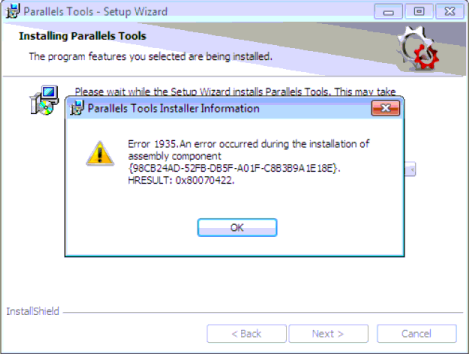

Run the uninstaller that comes with parallels, or follow the instructions on this Parallels knowledge base Web page to remove the program.Īfter the program is reinstalled, be sure to update it to the most recent version.

If this issue is with the program itself, you should be able to rectify it by reinstalling the program. Doing this will not affect your virtual machines but it will alter some saved program settings so be sure to check the program's setup again after doing this. Locate and remove all the files beginning with "com.parallels" tat are in the /username/Library/Preferences/ folder, and relaunch the program. This is likely from permissions errors, and unfortunately a system permissions fix will not target user preference files. The problem may require an update to manage the GPU setups on newer systems however, the solution may also be as simple as removing parallels preferences or reinstalling the program.Ī common problem in applications that have been migrated to new system is preference files can get corrupted. Some people, as described in this Parallels forum discussion, have noticed the window does seem to appear when the system is using the integrated graphics. This seems to happen on the new Core i5/i7 machines that are running dual graphics cards, and may be an incompatibility with the dynamic switching between the cards. The Parallels VM list may not show up after migrating to a new Mac. At times the VM list will briefly show when some window-based system functions are used such as Expose and Spaces however, it quickly disappears, and users cannot access their VMs. A few Parallels Desktop users are noticing a problem with some newer Macs where the program will not show the Virtual Machines list after migrating to the new system.


 0 kommentar(er)
0 kommentar(er)
